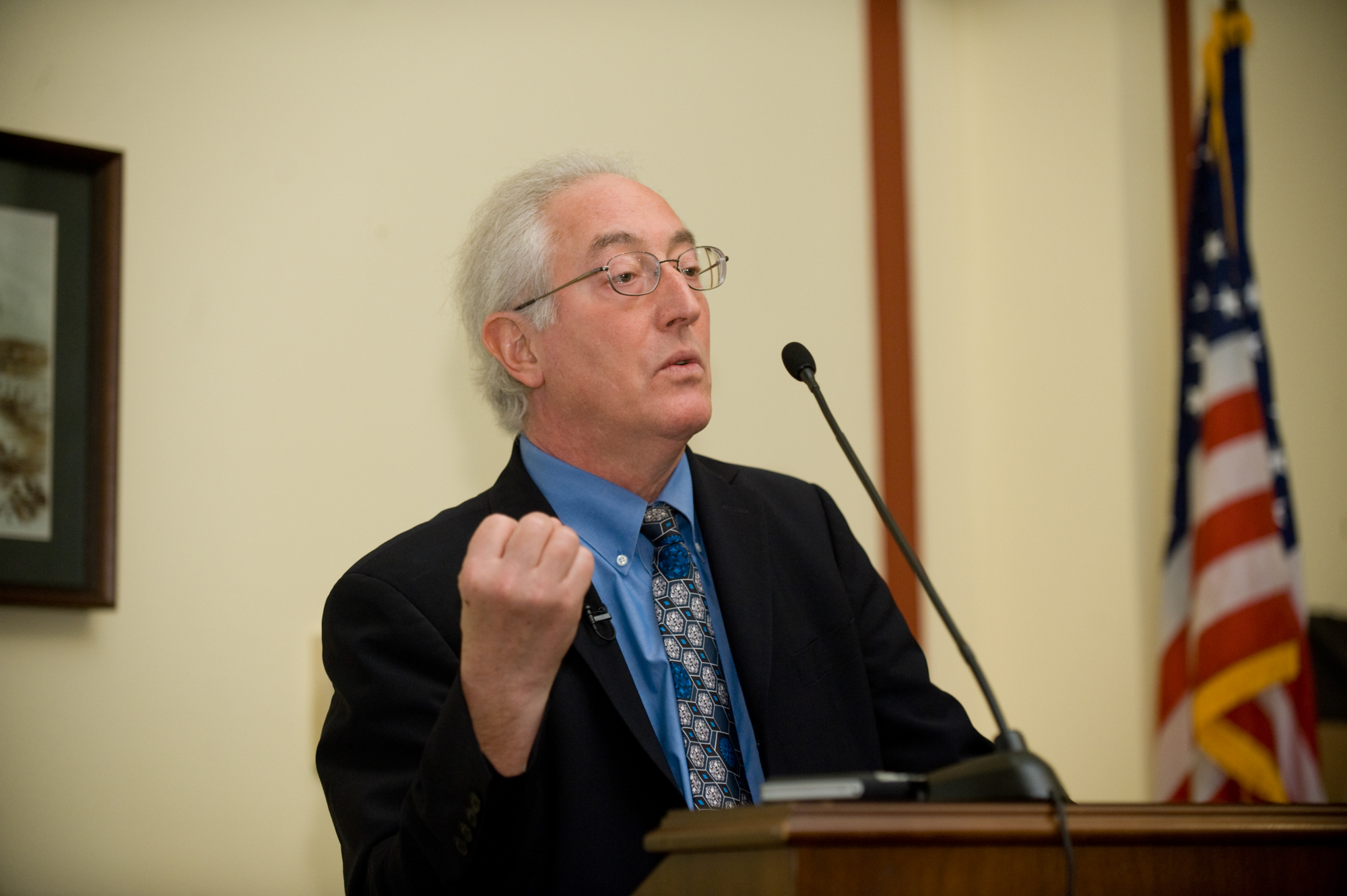Statement of
Lawrence Goldstein, Ph.D.
Distinguished Professor, Dept. of Cellular and Molecular Medicine,
Dept. of Neurosciences
Director, UC San Diego Stem Cell Program
Scientific Director, Sanford Consortium for Regenerative Medicine
Director, Sanford Stem Cell Clinical Center, UCSD School of Medicine
before the
Select Investigative Panel
Of the
Committee on Energy and Commerce
United States House of Representatives
Good morning Chairwoman Blackburn, Ranking Member Schakowsky, and other Members of the Committee.
Thank you for the opportunity to testify before you this morning about the important and lifesaving research being done with fetal cells and fetal tissue, and to briefly share three examples of this research, and the potential impact of this research.
Background
My Bachelor’s degree in biology and genetics is from the University of California San Diego in 1976. My Ph.D. in genetics is from the University of Washington in 1980. I did postdoctoral work at the University of Colorado at Boulder and MIT and was a junior faculty member and then tenured professor at Harvard University until 1993. I moved to the University of California San Diego in 1993 where I am currently a distinguished professor in the department of Cellular and Molecular Medicine and the Department of Neuroscience. I serve as Director of the UC San Diego stem cell program, Scientific Director of the Sanford Consortium for Regenerative Medicine and Director of the Stanford Stem Cell Clinical Center. I have received numerous honors and awards for my work, including election to the American Academy of Arts and Sciences. I have been a practicing scientist for 40 years, most recently using all types of stem cells to understand and treat Alzheimer’s disease, spinal cord injury, ALS, kidney and liver disease, and other terrible afflictions.
On behalf of myself and the International Society for Stem Cell Research and the American Society for Cell Biology, two distinguished scientific and medical organizations with membership of more than 10,000 scientists around the world and based on over four decades of biomedical research experience, it is my privilege to provide you with up to date and state of the art information about the important value of fetal tissue and cell research.
Research
My message is simple: fetal tissue and cells that would otherwise be discarded play a vital role in modern cutting edge medical research. These fetal tissues and cells cannot be replaced by embryonic stem cells, reprogrammed stem cells, or adult stem cells. These other cell types do not make astrocytes with identical properties as those from fetal sources.
I’ll give you three examples of vital cutting edge-state of the art medical research that depends upon the use of fetal tissue and cells that would otherwise be discarded: 1) Alzheimer’s disease; 2) spinal cord injury; and, 3) kidney generation.
In the first example, my lab uses human reprogrammed stem cells to develop cells in culture that have the behavior of Alzheimer’s disease. This devastating disease afflicts millions of Americans and costs the United States billions of dollars a year in health care costs. This number does not fully reflect the very real and terrible personal costs that so many American families, friends, and colleagues face with this disease. We do not have a cure, nor is one obviously in sight; we must find a way to successfully treat this terrible disease. In my own lab, we use Alzheimer’s disease cells to understand why brain cells with Alzheimer’s disease are abnormal and to try to develop drugs. A type of cell that is valuable in this work is called an astrocyte, which is a support cell type in the brain. We use fetal astrocytes, which are vital to these research investigations. These fetal astrocytes provide growth factors that keep nerve cells healthy and other factors that are not yet defined that help the neurons establish connections and maintain long-term growth and viability. Although we can make cells that are similar to astrocytes from stem cells, the fetal astrocytes are the “gold standard” to which we compare astrocytes made from stem cells and which we cannot use yet to replace the fetal astrocytes because they are not identical in capacity to the best of our current knowledge. The fetal astrocytes are vital to these investigations, which I think will help conquer the terrible scourge of Alzheimer’s disease.
In a second example, in the Center that I direct, the Sanford Stem Cell Clinical Center, fetal neural stem cells are being used in clinical trials for spinal cord injury in human patients. These fetal neural stem cells have previously been shown to yield remarkable results in animals that have spinal cord injury. These fetal stem cells, when implanted at the site of a spinal cord injury in animals develop into new neurons that appear to function as relays across the site of the injury rendering the animals able to function in a way that is superior to their performance before the injury. As a result of these investigations, we have FDA approval to test the fetal stem cells in human patients. Physicians and surgeons in my center have initiated an FDA-approved phase 1 clinical trial of these cells and have implanted them in four patients to date. These surgeries are very arduous and the human volunteers are courageous in the face of uncertainty about their future. The trial is a success thus far. We have learned that at a minimum the surgery is safe and the fetal cells are safe. We will track the patients over the next few years to observe what we are hopeful will be evidence of beneficial effect on the patients’ paralysis. Our next goal is to advance this trial to cervical spinal cord injuries soon . We hope to see evidence of positive impact on these patients as time progresses over the next 3-5 years. This trial and others like it are vital to pushing medical science ahead in our attempts to cure spinal cord injury, which is a terrible affliction to patients and the families who care for them. These same fetal neural stem cells are also being used in NIH clinical trials at various sites around the country for another incurable and devastating disease called ALS or Lou Gehrig’s disease.
In a third example, I chair the executive committee of a group of NIH-funded scientists who are working together to try to learn whether it is possible to build new kidneys from stem cells. The hoped-for building of new kidneys is significant because 93,000 Americans are on waiting lists for kidney transplant. The goal of building a functional kidney is audacious, but one that I believe can be obtained with hard work, determination, and time. Fetal tissue that would otherwise be discarded is vital to the future of this investigation as it is only by examining this fetal tissue that it will be possible to determine the earliest biochemical signals that cells use to tell some cells to make kidneys and other cells to make other organs.
Our ability to examine the earliest stages of human development are vital to our understanding and our ability to treat many diseases in the future including diseases of pregnancy, diseases of the placenta, and diseases of children and adults. Development of many of these new therapies will rely on our learning and understanding of the proper developmental signals that cells use at the earliest stages of development. We must continue to use fetal tissue that would otherwise be discarded and that is a window into the early stages of human development. Without fetal tissue, vital research such as the examples I have shared with you will be slowed down that would otherwise lead to therapies and vaccines sooner in the future and which could literally be life changing for individuals and their families in the future.
Summary
Let me close by stating once again that in my opinion research with fetal tissue and cells that would otherwise be discarded is ethical, valuable, and vital to ongoing biomedical research projects. If we do not continue to use this tissue that is destined for discard, we forego the ability of researchers to continue to make timely and significant progress in mitigating if not eliminating devastating diseases like Alzheimer’s and improving the quality of life of many people in the future.
I want to thank the Committee for allowing me the opportunity to share a researcher’s perspective on the importance of fetal tissue and cells to biomedical research.
Chairwoman Blackburn, I would be pleased to respond to any questions you or the other Members of the Committee may have regarding my research.
Summary of the testimony of Dr. Lawrence S. B. Goldstein to the Select Investigative Panel on Infant Lives Of the Committee on Energy and Commerce, United States House of Representatives:
1) Dr. Lawrence S.B. Goldstein is a highly qualified scientist who is knowledgeable about the value of fetal tissue research.
2) Research with fetal tissue that would otherwise be discarded has great value in research on many different diseases including Alzheimers disease, spinal cord injury, ALS and others.
3) Research with fetal tissue that would otherwise be discarded may help us learn how to construct new organs from stem cells.
4) Research with fetal tissue that would otherwise be discarded cannot be replaced by research with other types of cells or with animals.









